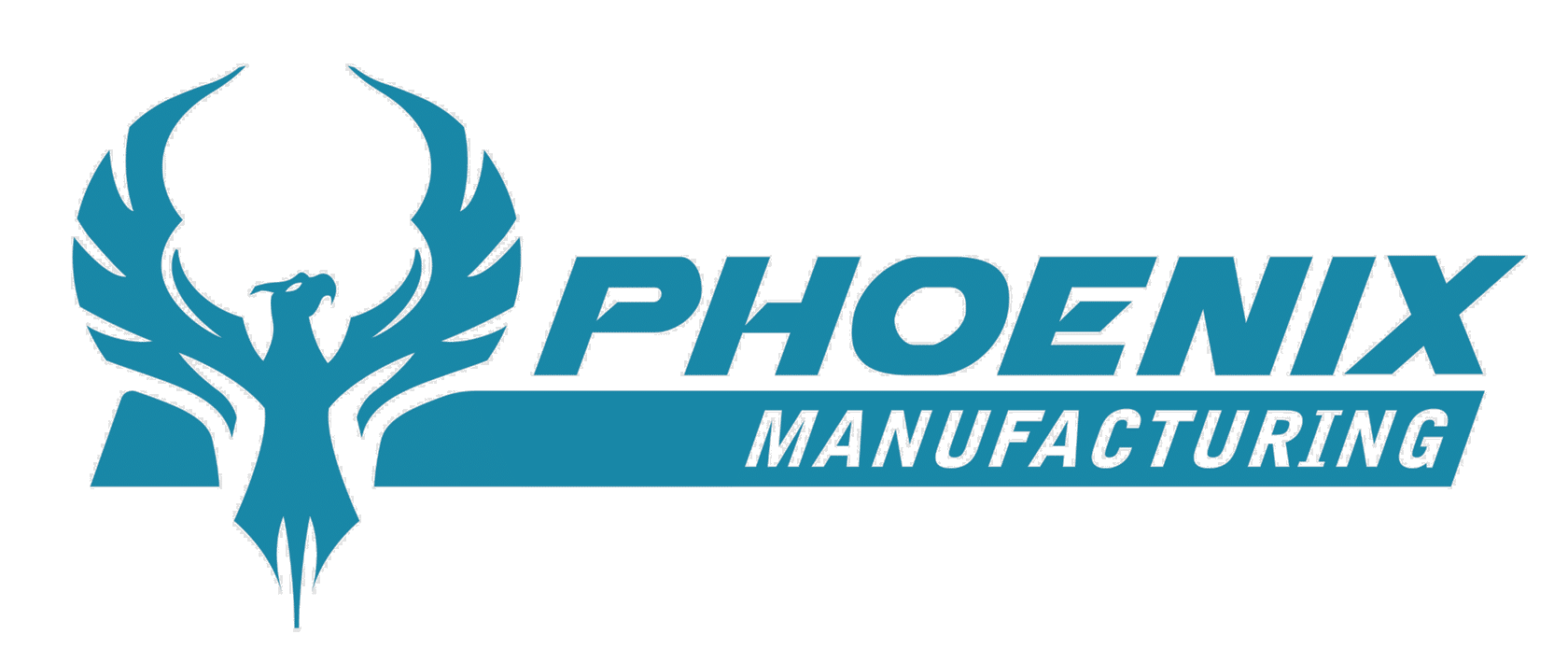Evaporative cooling is actually a complicated phenomenon dependent upon air and water temperature, air-flow and humidity or the amount of water that already exists in the air. Although the physics behind this phenomenon are complex, it can be explained simply in laymen terms.
On an afternoon where it is 80°F and dry, a slight breeze can give you a chill; however on that same 80°F day, that same breeze will offer little relief if the conditions are humid. This has everything to do the ability of the air to accept the moisture that your body is producing through perspiration. On the dry day, the air can easily accept the water your body generates hence cooling you through evaporation. Similarly, on the humid day, there is not enough room in the air to evaporate all of the additional water; hence it remains on the surface of your skin making you feel damp and clammy. Anything but cool!
Evaporative cooling can work almost anywhere, however it is most common and most efficient in dry climates for the reason stated above. Evaporative cooling was very popular in the Early American Southwest, when people would dip shear drapes in water and hang them in front of an open window. The warm dry desert breeze would blow through the open windows, filter through the damp drapes and drop the air temperature to cool the space within the home. This same concept was employed in various inventions to move air through an evaporative cooling media and force the air into the living space. However the laws of physics still applied and hot humid conditions would prove a challenge. Eventually, the introduction of refrigerated air opened up booming industry that could provide adequate cooling regardless of the outdoor environment. Unfortunately, this technology came (and still comes) with a cost. The cost of the refrigeration equipment is a multiple of the cost of an evaporative cooling counterpart. The cost of running a compressor and air handler can also be a multiple of the low cost of running an evaporative cooling system.
An Evaporative cooling system is relatively simple, although there are different types running at various efficiencies; the basic systems are similar in nature. You need the following components in all systems:
- Media: Some sort of material to saturate with water whereby the air can enter, pass through and be cooled via evaporation.
- Means to Move Air: This is typically via a fan or centrifugal blower powered by an electric motor. It moves the air through the media and forces it into the living space.
- Means to Distribute Water to the Media: Systems vary slightly here where single pass systems simply use city water pressure to spread water across the top of the media; however the more popular systems have a reservoir, and use a small pump to recirculate the reservoir water over the media.
We are an evaporative cooler manufacturer and still cannot discount the comfort of a refrigerated system; however, there is no reason that both cannot be employed together. Most people that are Evaporative cooling advocates do exactly that. In the early spring they run their Evaporative Cooler to provide comfort when their thermostat calls for cooling. In mid-summer, when the Monsoon season hits the deserts of Arizona, and the high humidity causes the evaporative cooler effectiveness to drop, they switch over to their refrigeration system. The logic is that they have been kept comfortably cool during the dry season while saving 75% of the electricity required to run their refrigeration systems. Hence they don’t mind incurring a higher cost for a few weeks for the luxury of comfort. In a few weeks, once the high humidity has passed, they will switch back to Evaporation mode and continue to save money. This is an extreme example in the deserts of the Southwest, however there are very dry climates where the temperatures do not get as high. Colorado, Utah and as far north as Fargo, North Dakota realize the benefits of evaporative cooling and even now use it as their only method for cooling during their summers.
This is just a simple example of how evaporative cooling works and how it is applied; but how does it save you money? The answer is simply evaporative cooling uses much less electricity to provide comfort than a refrigeration system.
For example:
- A 1500sq.ft home with an 8ft high ceiling has 12,000 cubic feet of area to be cooled (1500 x 8 =12,000). A general rule of thumb, in the Desert Southwest is to change the air volume once every 2- minutes. In other words, those 12,000 cubic feet of air must be completely purged from the home and replaced with cooled, fresh outside air. To do that, you need an air movement system with a capacity of 6,000 Cubic Feet per Minute (CFM). A system such as that requires only a 1-HP motor and a small water pump. A 1-HP motor and the water pump combined consume 1.9Kw (Kilowatts).
- That same 1500sq.ft home with an 8ft high ceiling requires 4-Tons of refrigerated cooling capacity. That system has a compressor motor and an air handler motor. A typical 13-SEER, 4-Ton Refrigeration system compressor consumes 5.7Kw and the complementary Air handler consumes 1.8Kw. Combined they consume 7.5Kw.
- 1.9KW= 25% of 7.5Kw.
- At a cost of $0.15 per Kwh (Kilowatts per Hour), the A/C systems costs $1.13 per hour to run where by the Evaporative cooler cost is only $0.26 per hour. Therein lies the savings!
Additional Benefits of Evaporative Cooling:
|
Evaporative Cooling (6000CFM) |
Refrigeration (4-Ton) |
|
|

